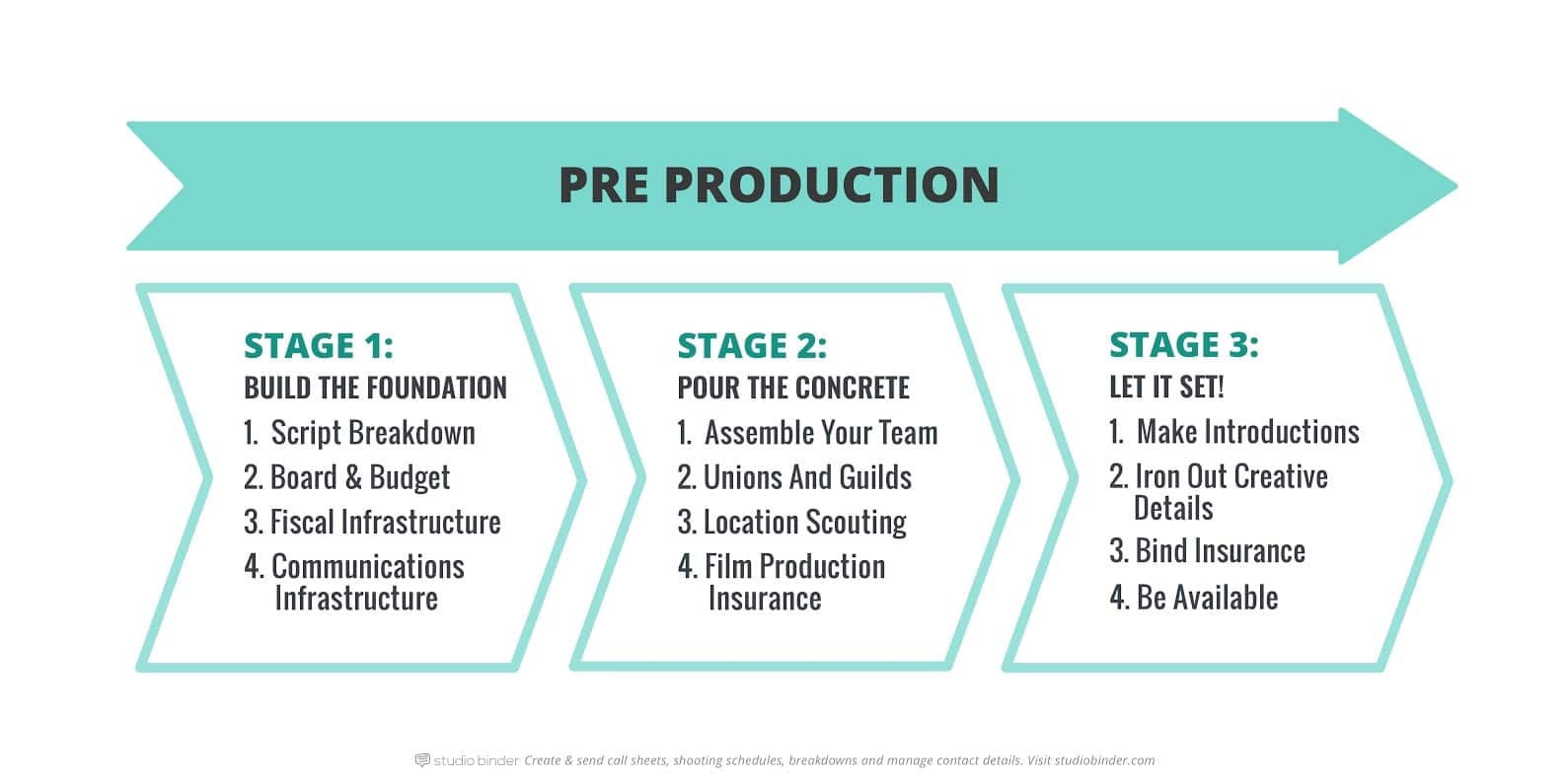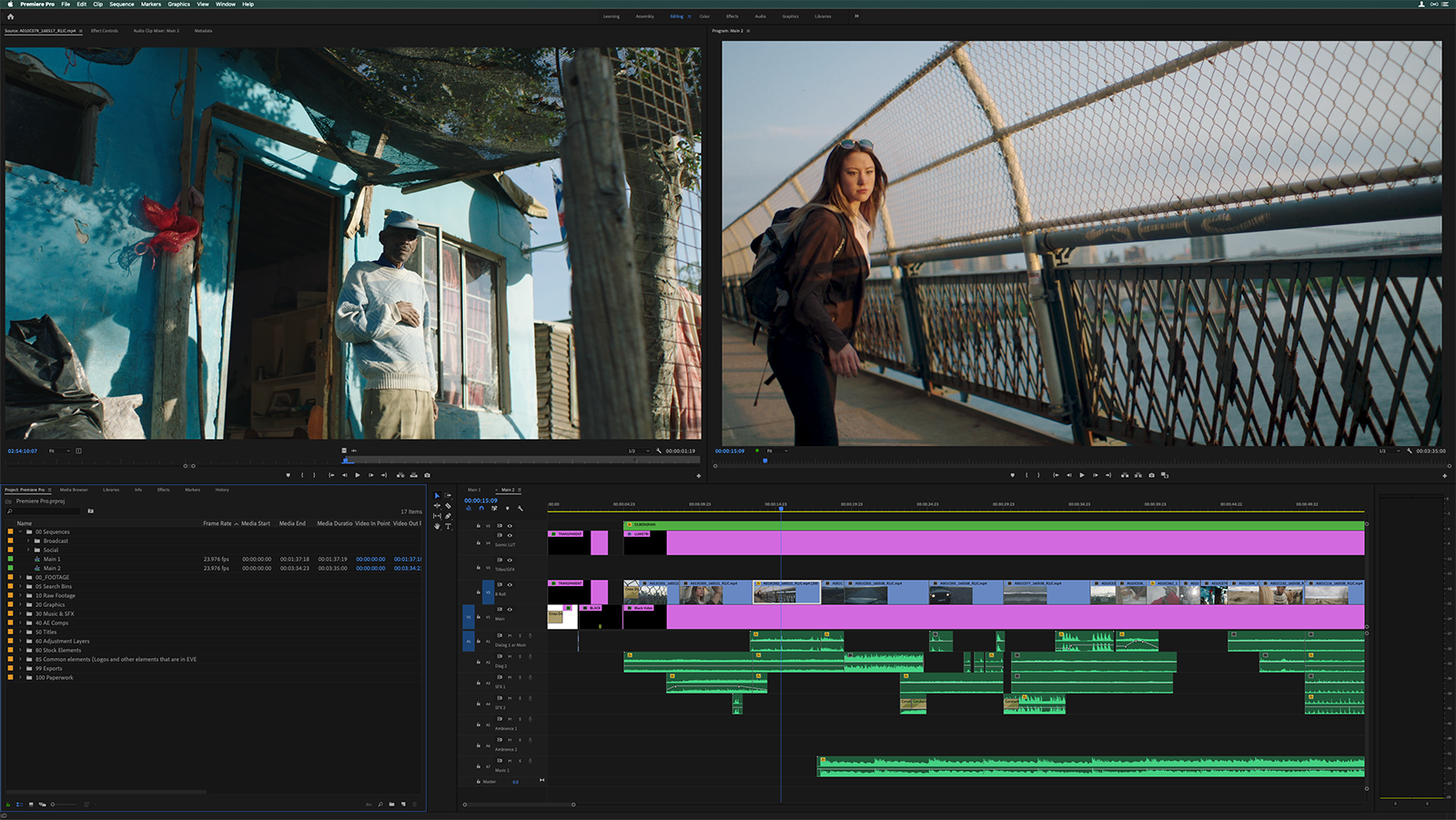
Image Source
The first
video this week introduced me to the idea of design thinking and how it works.
Design thinking is described as “a philosophy and a set of tools to help you
solve problems creatively”. It is primarily used as a creative problem-solving
framework when facing issues in “human-centred design”. The five steps involved,
Empathise, Define, Ideate, Prototype, and Test all centre around the experience
of the user at the end of the design process. I think this is a very important
way of thinking as it forces you to stop and consider the final result of your
design, as opposed to blindly rushing to a conclusion. Overall, I believe
design thinking is applicable in many different fields because it places the
objective of the project at the epicentre.
The following three videos each examine the stages of video/film production. The typical process involves pre-production, production, and post-production. This order of operation seems to be the most efficient because it involves meticulous planning ahead at the preproduction stage and thorough editing (including a feedback loop, according to ‘The Process of Making a Documentary’) at the postproduction stage.
The second video, ‘Film Production Stages’, goes into detail about these phases, and how these interlink. It gave me a greater perspective as to how this structure came about. For example, the preproduction stage involves a high level of planning for things like location, equipment, budget, schedule, and casting. In addition, the post-production seems quite particular, as it is “usually the longest part of the production process, requiring months, or even years to complete”.
The third video focuses intently on preproduction and postproduction of smaller productions, such as documentaries. More specifically, the ideation process at the beginning. This is done by asking questions such as how the story will be presented, “is there going to be a narrator, is it going to be in the first person or in third person?”. Previously, I assumed this could take place in postproduction, but this seems to avoid later confusion. The video also describes media security with regards to editing. Hard drives are used to back up important data like raw video and audio recordings.
The final video ‘4 Easy Steps to Film a Short Documentary’ offers professional advice to follow when documenting an event or person. I was unaware of these tips before now, and I believe they may be useful in future endeavours. For instance, the use of ‘natural sound breaks’ was something I hadn’t considered before, but now I realise it is important to maintain a natural pace.
I learned a great deal from this week’s videos, and I hope to take this information with me in future projects.
Sources:
- https://youtu.be/gHGN6hs2gZY
- https://youtu.be/e5EoMcoUI2Q
- https://youtu.be/0hPFlGiAwEM
- https://youtu.be/f-K_XbCLtVk

No comments:
Post a Comment